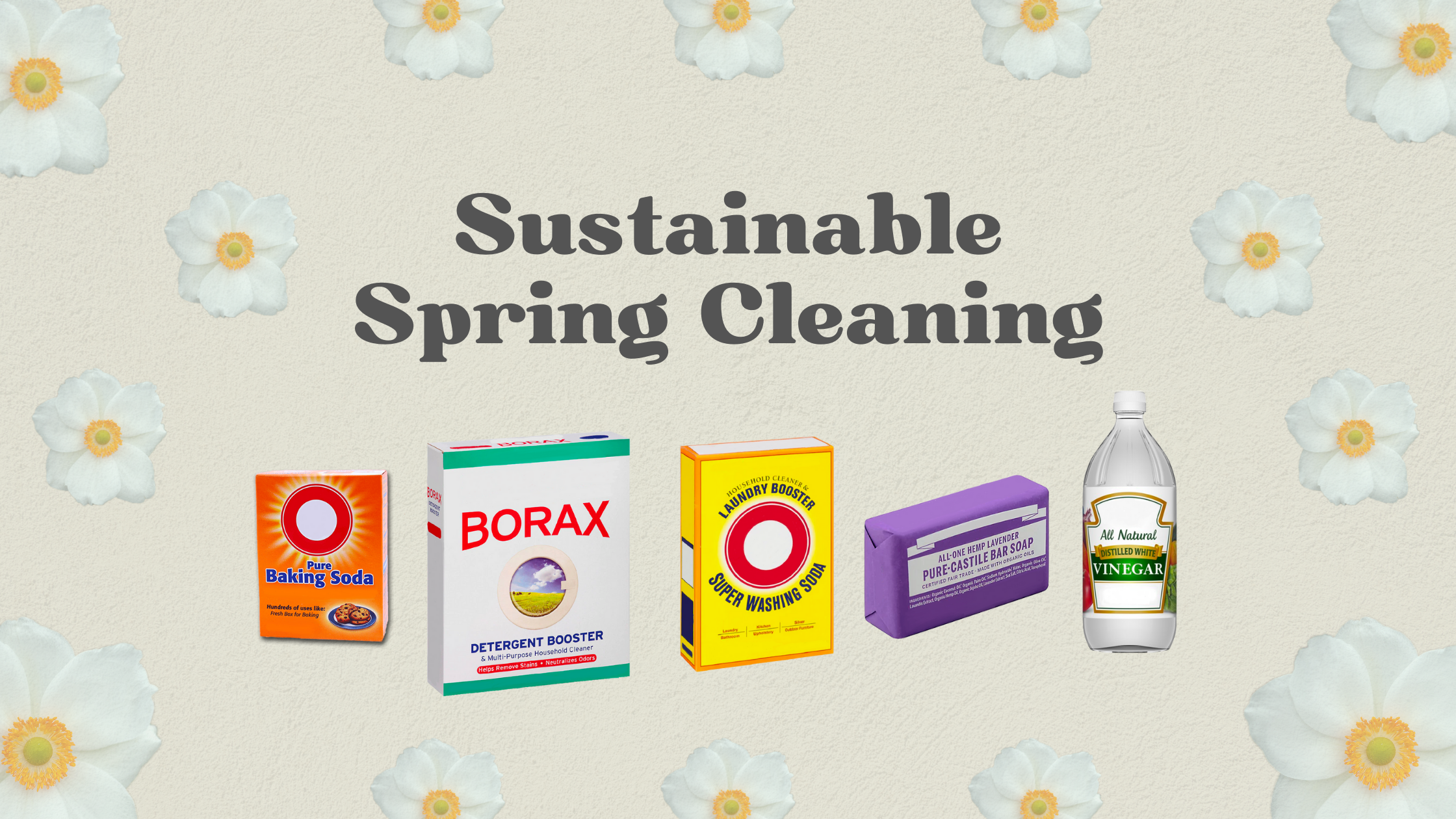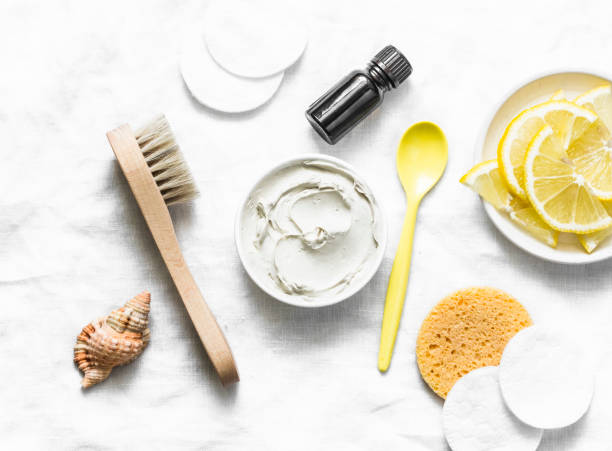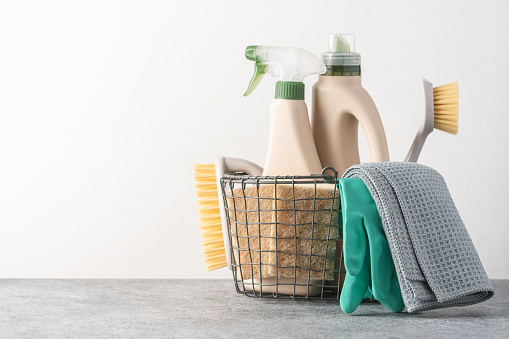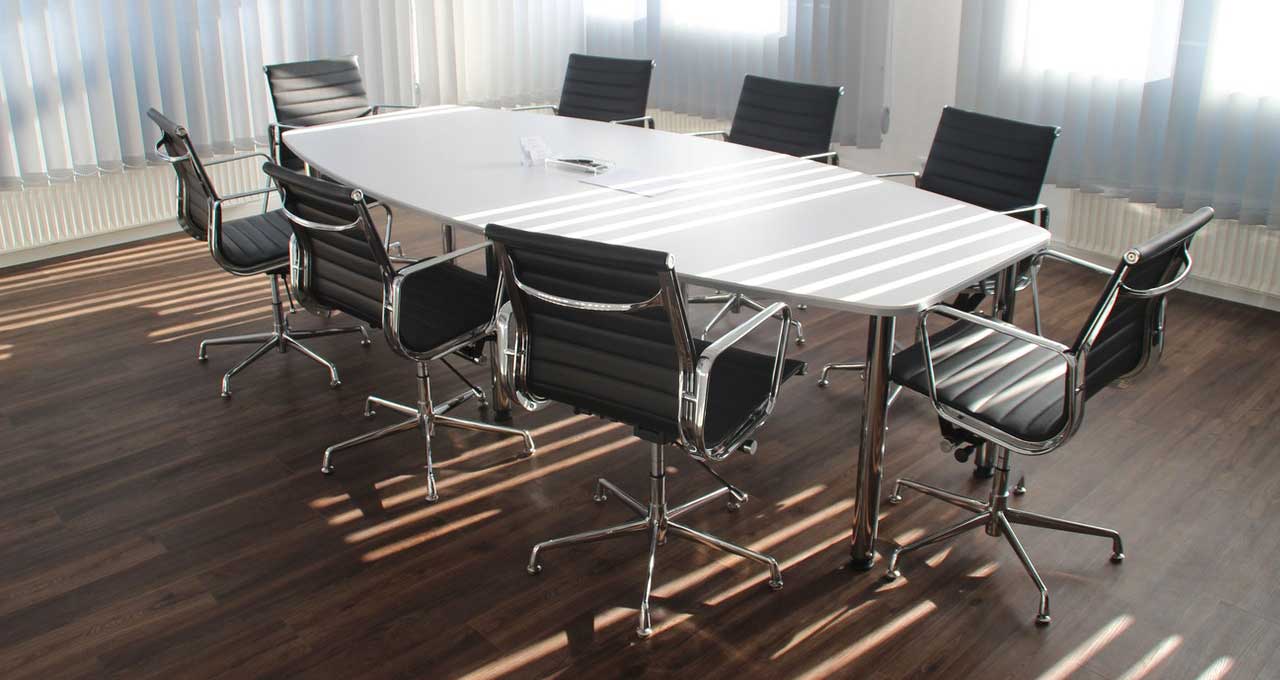
~ March 18th 2022 – Blog by UCRRA Recycling Educator Tanesia White~
As Spring rolls around, many of us start to deep clean our home and spaces! Spring cleaning gives people an opportunity to clean after a winter of being indoors. Allergens are removed from carpets and rugs through vacuuming, while dusting removes allergens from surfaces. We may even feel inclined to declutter, clean areas of the home that don’t get as much attention and get rid of unwanted things that have been collecting dust around the house. Cleaning your home can feel like cleaning your mind because less mess often leads to less stress! With whichever way you choose to clean your home, there are ways to do so sustainably.
Consider Environmentally Friendly Cleansers
Chemical cleaning agents include bleach, ammonia, oven cleaners, drain decloggers, or mold remover. Using chemical cleaning agents can case irritation of the skin, eyes, and the respiratory tract. Chemical cleaning agents should only ever be used in a well-ventilated area, with gloves, and when the agent is diluted.
More eco-friendly alternatives are available in most stores, but you can also easily make your own using very simple and low-cost ingredient. If you have kids or pets in your home, it may be worth it to make the switch to natural cleaners that are better for your health, the planet, and your wallet!
Better for the Planet
Making the switch to environmentally friendly cleaners means that the cleanser will be biodegradable. A biodegradable cleanser is a cleaning agent that can decompose naturally over time. Cleansers can be considered biodegradable as long as 90% of the cleanser breaks down into biological material within 6 months of being discarded. When you dispose of chemicals cleaning agents in the storm drain, sink or garbage, the chemicals can end up in local bodies of water or groundwater.
How to Dispose of a Chemical Cleaning Agents Properly:
Household Hazardous Waste Events

What are Environmentally Friendly Cleaners?
Better for your Wallet
Making the switch to purchasing or making your own environmentally friendly cleansers does not have to be expensive! When you make your own cleaning products, the ingredients you purchase come in large quantities and they may already be in your household.
Common Ingredients:
Baking Soda
Baking Soda is slightly abrasive which gives it the grit to remove stains from different surfaces. Baking soda can also tackle odors, dissolve dirt, and cut through grime.
Borax
Borax has a fine texture and will not scour or scratch surfaces which makes it great for a range of uses. Borax is commonly used as an active ingredient in household laundry and cleaning products.
Castile Soap
Castile soaps are on-toxic, biodegradable and highly concentrated which makes it great for both beauty and household purposes!
Vinegar
Distilled white vinegar is a biodegradable, nontoxic cleaning agent. It is also highly effective at removing odors, cutting through tough grime, or unclogging sink drains. Distilled vinegar has antimicrobial properties that kill microorganisms such as bacteria and viruses.
Washing Soda
Washing soda “softens” water helping other cleaning ingredients lift soil from the fabrics and suspend the soil in the wash water.

Tips for Making your Own Cleansers:
When using a natural cleaner for the first time it is important to try it in a hidden spot to see if it is safe to use on that surface. Do not use acidic cleaners on granite or marble. Proceed with caution for stainless steel appliances.
Make sure to label any bottles or containers of homemade cleaners with its purpose and ingredients. Store in a shady place away from children and pets.

All Purpose Cleaner:
Equipment:
Spray bottle
Ingredients
One-part white vinegar
One-part water
Lemon rind
*Not safe for marble or granite*
Floor Cleaner:
Safe on laminate, hardwood, works on vinyl, linoleum, and tile, marble or granite, cement. Once it is dry, floor is safe for pets. Make sure when using essential oils to choose a pet safe one.
Equipment:
Spray bottle or bucket
Measuring cups and spoons
Ingredients
2 cups warm water
½ cup distilled white vinegar
¼ cup isopropyl (70%) rubbing alcohol
1/8 tsp liquid soap (not subbing for castile soap because it is oil based and will leave streaks)
5-10 drops essential oils (optional)
Instructions
Can combine all ingredients in spray bottles and spray as needed
Recipe makes 22 fluid ounces – multiply by 4 to use in a bucket
*For additional recipes*
Safe Alternatives to Chemical Cleaning Agents
Department of Environmental Conservation “Household Hazardous Waste Safer Alternatives”

Decluttering
Decluttering your space is a great thing to implement in your spring-cleaning routine! Not only does it create a less stressful space, but you can ensure that everything you own, are things you truly love having around. Decluttering can be a stressful task which is why a framework of questions can provide a lot of guidance.
Checklist:
Zero Waste Home, The Ultimate Guide to Simplifying Your Life by Bea Johnson
– Is it still working? Can I fix it?
– Do I use it regularly?
– Is it a duplicate?
– Does it put my family’s health in danger?
– Do I keep it out of guilt?
– Do I keep it because “everyone has one”?
– Could another item achieve the same task?
– Is it worth my precious time cleaning?
– Should I use this space for something else?
– Is it reusable?
Wardrobe
Spring cleaning can lead us to looking at our closets as we push our heavy winter clothes aside and welcome lighter clothing! This may inspire you to want to get rid of textiles/clothing. Unwanted or old clothing can be used to make cleaning rags while unwanted clothes in good condition can be donated.
If you come across clothing that needs mending, check out our new webpage to find a repair organization or free repair café event near you! There are many local options to get clothing alterations (“Repair Locations”).
If you are looking to recycle any damaged or stained clothing, check out our new webpage to search for a reuse organization near you! Clothing/shoe donation bins often have textile recycling programs that give damaged clothing/fabrics a new life by recycling them into carpets, pet beds, industrial wiping rags, and much more.
If you come across other items and you’re not sure how best to recycle them, check out our A-to-Z Recyclopedia that features recycling/disposal options for over 100 items!
Thanks for visiting our blog and helping us to rethink waste! There are many ways to make sustainable choices for yourself and the planet. Next time you run to the grocery store, pick up an ingredient to make your own cleanser and let us know how it went. We can all implement small changes to protect our natural environment even if it means reading the labels of cleansers you currently have and disposing of material correctly!
Happy Cleaning!


